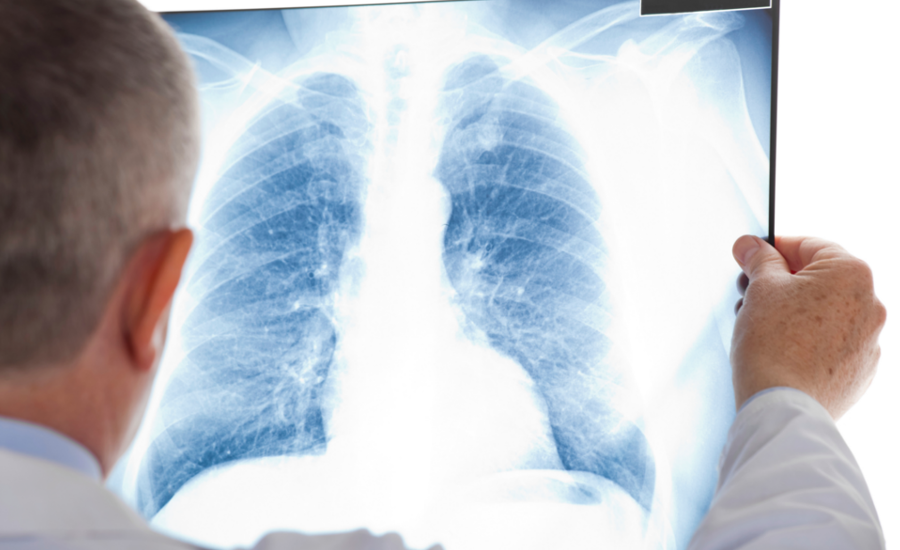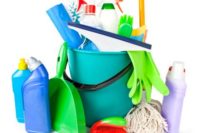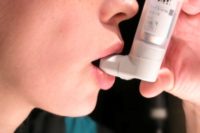A NIOSH Science Blog post
Cleaning for asthma-safer schools reduces asthma risk, saves money

Credit: Getty Images
By Debbie Shrem, MPH; Justine Weinberg, MSEHS, CIH; Jennifer Flattery, MPH; Barbara Materna, PhD, CIH
A 43-year-old high-school custodian started having breathing problems he associated with using a bathroom disinfectant and a floor stripper. When he was away from the chemicals for a few months, his breathing problems improved. The problems came back once he returned to work. He visited the emergency room several times, and healthcare providers repeatedly told him he had bronchitis. The custodian was finally diagnosed with asthma. About a year later, he left his job because of his work-related asthma.
A paradox exists for cleaning many of the nation’s schools. While ridding schools of contaminants and microbes to keep students and staff healthy, cleaning may expose them to harmful chemicals in cleaning products, sanitizers, and disinfectants. Some ingredients in conventional products such as floor strippers, disinfectant wipes, and bathroom cleaners, or chemicals used by themselves or mixed with water, like ammonia, and bleach, pose avoidable risks for the health of school occupants – custodians, teachers, administrators, and students.
In a school setting, workers and students share the same space. Improvements made for workers can also benefit the health of students. In the US, 6.8 million (9.3%) children and 18.7 million adults (8.0%) have asthma.[1] An estimated 40% of adults in California with current asthma report that their asthma was caused or aggravated by work.[2] People deserve to work and learn in the safest and healthiest school environment possible. Substitution with safer cleaning products and practices can help create such an environment.
Work-related asthma in California
The Work-Related Asthma Prevention Program (WRAPP) in the California Department of Public Health’s Occupational Health Branch tracks cases of work-related asthma and the chemical exposures associated with them in order to target prevention efforts. Asthma is considered work-related when caused (new-onset asthma) or worsened (work-aggravated asthma) by exposure to substances at work. WRAPP found that 12.5% of the work-related asthma cases in its surveillance database were related to cleaning products.[3] Of those cases, about 20% had occupations where cleaning tasks were part of their job, such as custodians. The other 80% were bystanders working in areas where cleaning was occurring or recently happened–their asthma symptoms were attributed to the cleaning products used nearby. Cases included many workers in schools.
Healthy cleaning & asthma-safer schools
Healthy Cleaning & Asthma-Safer Schools: A How-To Guide is a handbook from the California Department of Public Health that helps school districts transition to asthma-safer cleaning products and practices. The handbook explains to school administrators, facility managers, and other school advocates how to...Click here to read the rest of the blog post.
Looking for a reprint of this article?
From high-res PDFs to custom plaques, order your copy today!






